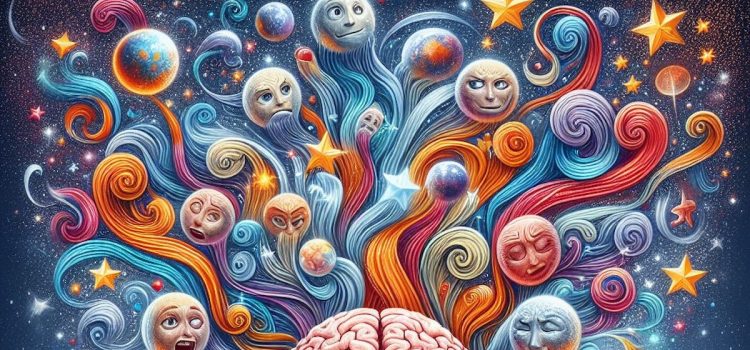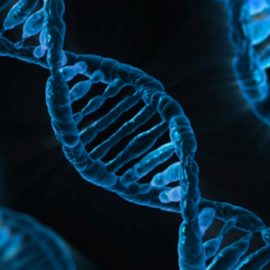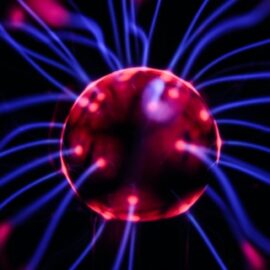
What is the role of the limbic system? What are its various components, and what does each one do?
According to psychiatrist and brain health expert Daniel G. Amen, many people’s physical, mental, and cognitive problems arise from physical damage to specific regions of the brain and their associated functions. In this context, he discusses these regions in his book Change Your Brain, Change Your Life.
Keep reading to understand the limbic system and its functions in your brain and body.
The Role of the Limbic System
What is the role of the limbic system? According to Amen, the limbic system plays a pivotal part in forming and consolidating your emotional responses and memories. For example, the limbic system helps you recall the warmth of a hug or feel motivated by a rewarding task. Here’s a breakdown of the limbic system’s functions:
- Regulating emotions: It plays a pivotal role in how you experience and express emotions.
- Forming memories: It helps you form and consolidate long-term memories, influencing how you recall past events and experiences.
- Guiding behavior: It influences your responses to emotional stimuli, shaping how you react in different situations.
- Generating motivation: It moderates feelings of motivation, reward, and pleasure, impacting your behavior and decision-making.
- Fostering social bonds: It facilitates emotional connections with others.
- Modulating physiological functions: It regulates appetite, sleep cycles, and libido.
- Processing sensory information: It directly processes your sense of smell, contributing to your perception and response to scents in your environment.
| The Limbic System: Specific Components The limbic system is an intricate framework comprised of multiple components. Dissecting these components provides insights into the mechanisms that shape your experiences. Regulating emotions: The amygdala functions as an emotional thermostat, assessing threats and guiding your reactions to fear and pleasure. Forming memories: The hippocampus converts short-term memories into long-term ones and aids in spatial navigation. Guiding behavior: The amygdala processes emotions, while the hippocampus provides context, jointly influencing your reactions to various situations. Generating motivation: The nucleus accumbens releases dopamine, a neurotransmitter linked to pleasure and motivation, driving reward-seeking behavior. Fostering social bonds: The amygdala and parts of the prefrontal cortex work together to enable emotional connections and empathy, essential for social interaction. Modulating physiological functions: The hypothalamus links the endocrine and nervous systems, regulating a wide range of bodily functions to maintain homeostasis. Processing sensory information: The olfactory bulb specializes in processing smells, connecting odors with emotional and memory-related responses. |





